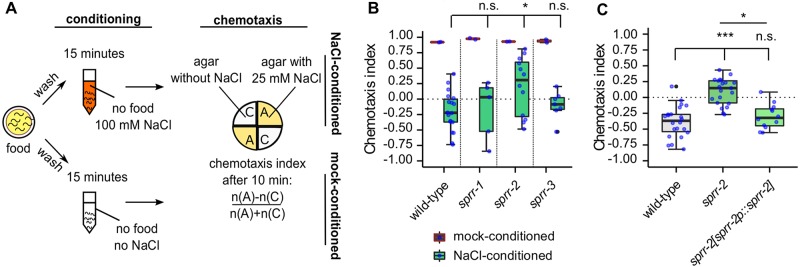Fig 1. MIP receptor signaling promotes short-term gustatory plasticity.
(A) Overview of the gustatory plasticity assay: Short-term conditioning with NaCl in the absence of food induces aversive learning, known as gustatory plasticity [11,12]. Synchronized young adult C. elegans are washed in buffer in the absence of food with salt (NaCl-conditioned) or without NaCl (mock-conditioned). Chemotaxis behavior to NaCl is then tested on a quadrant plate. After ten minutes, a chemotaxis index (CI) is calculated as indicated. (B-C) Gustatory plasticity of sprr mutants. Individual CIs are plotted as blue dots. Boxplots indicate 25th (lower boundary), 50th (line), and 75th (upper boundary) percentiles. Whiskers show the minimum and maximum values. Outliers are indicated as black dots. (B) Comparison of CIs for mock-conditioned animals yielded p>0.05 for all genotypes (not indicated on graph). NaCl-conditioned mutants of sprr-1 and sprr-3 displayed wild-type avoidance of NaCl, whereas the response of sprr-2 was significantly reduced. Data were analyzed by one-way ANOVA and Tukey post-hoc test (n ≥ 4). (C) The MIP receptor gene sprr-2 is required for gustatory plasticity. Expression of sprr-2 cDNA under the control of its promoter sequence [sprr-2p::sprr-2] rescues the plasticity defect of NaCl-conditioned sprr-2 mutant animals. Statistical comparisons by one-way ANOVA and Tukey post-hoc test (n ≥ 12). *p<0.05; ***p<0.001; n.s., not significant. See also S1 and S2 Figs.

